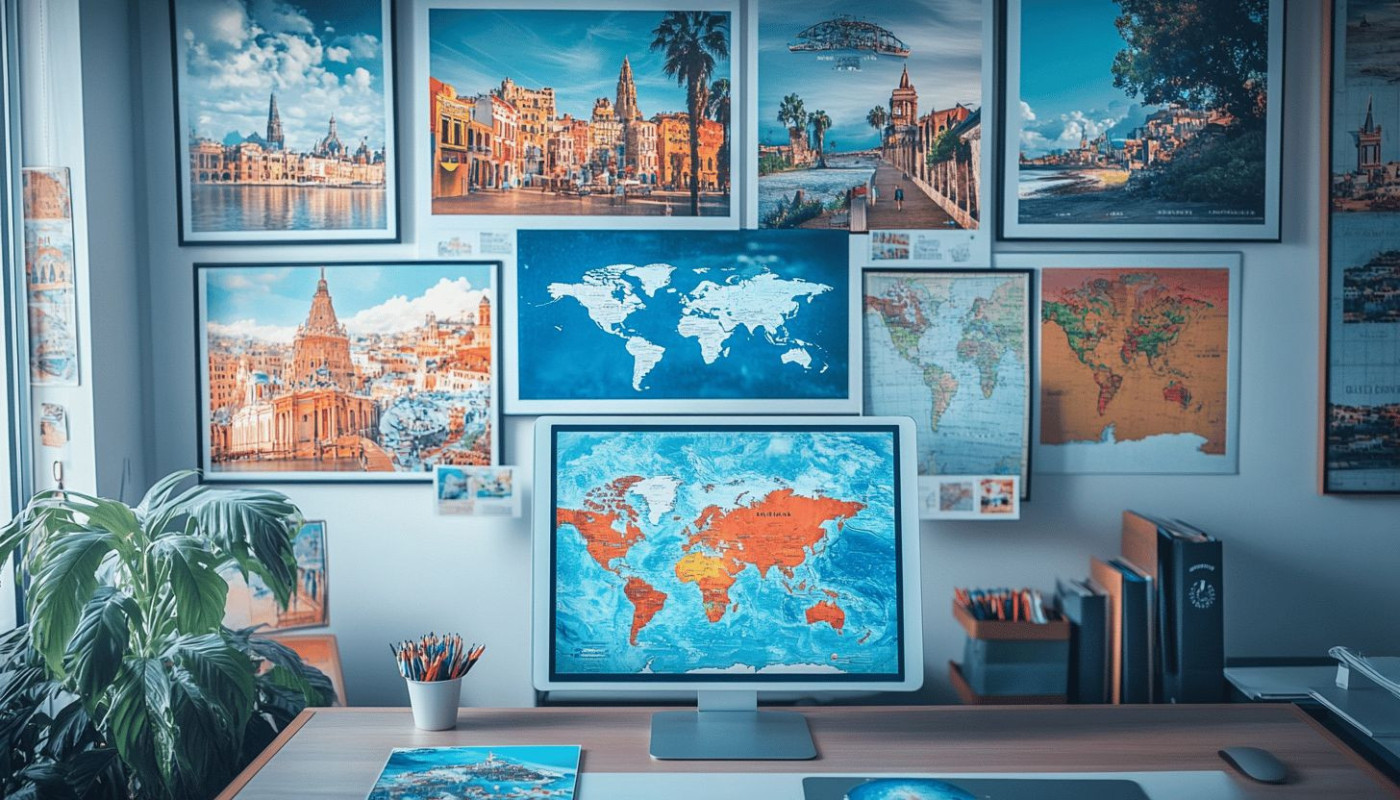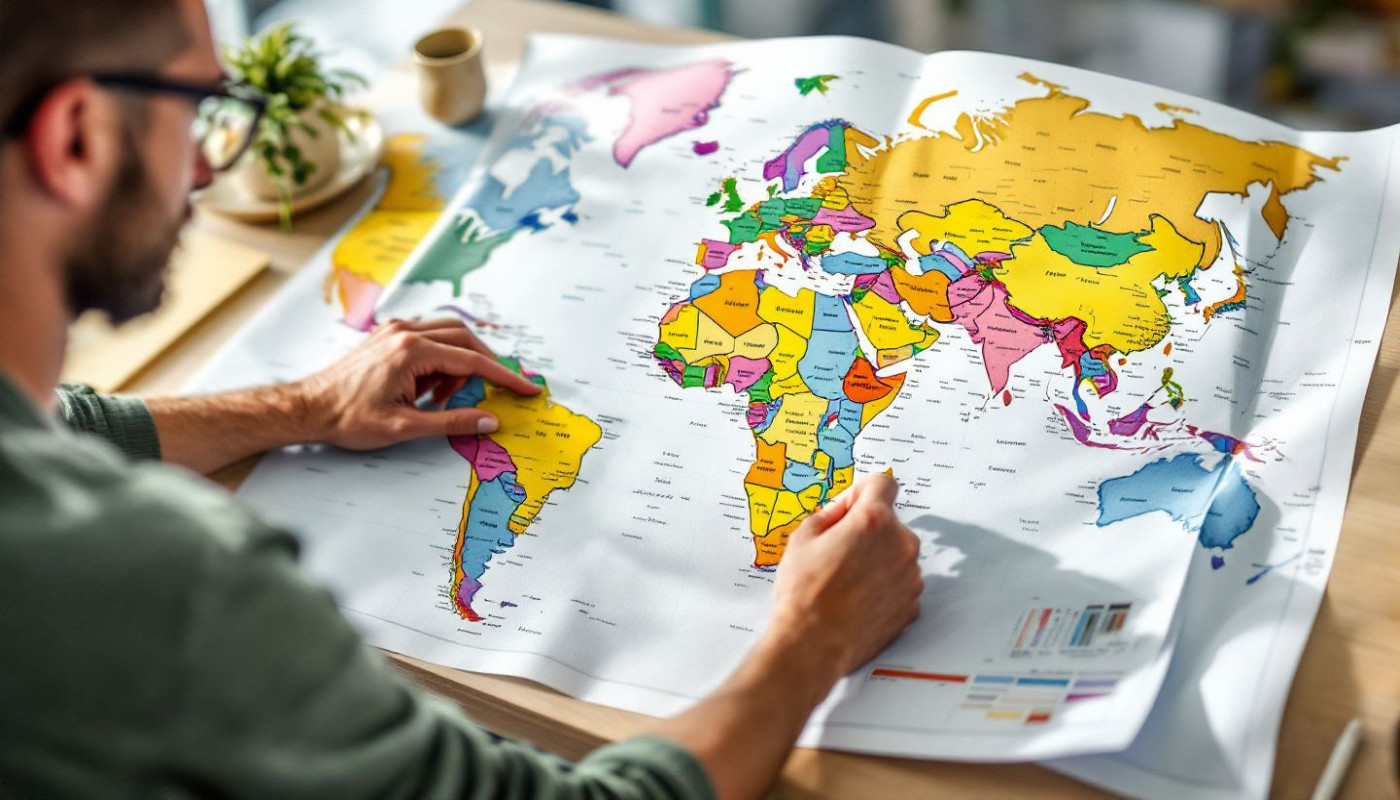Table of contents
Planning the perfect global adventure can be a thrilling challenge, especially when it comes to selecting the right season. Weather patterns, local events, and crowd sizes can all make a significant difference in your travel experience. Discover how choosing the ideal time of year can transform your journey and ensure unforgettable memories—keep reading to unveil the expert secrets to a successful escape.
Understanding global climates
Global travel seasons play a significant role when planning trips, as climate zones travel can determine everything from daily weather to local events and even accessibility. The Köppen climate classification, established as the standard by leading climatologists, divides the world into key zones: tropical, temperate, arid, and polar. Tropical areas, such as Southeast Asia or the Caribbean, offer warm temperatures year-round but present challenges with monsoon rains and hurricanes, making the dry season the best time to travel there. Temperate regions like Western Europe or parts of North America are characterized by four distinct seasons, with spring and fall often providing the most pleasant conditions for travelers. Arid zones, including the Middle East and North African deserts, experience extreme heat much of the year, so visiting during cooler months is advisable. Polar zones, like Antarctica or the Arctic, have limited accessibility and harsh conditions, with brief summer windows offering milder weather and extended daylight.
Seasonal travel tips indicate that understanding the nuances of world weather guide resources can help select the optimal timing for an adventure based on both climate and personal preferences. Factors such as local festivals, wildlife migrations, and even tourist crowds are influenced by these climate distinctions, and aligning travel plans with favorable weather conditions enhances both safety and enjoyment. For travelers seeking further guidance, more helpful hints can be found in curated travel guides that offer destination-specific advice on when and where to go according to local climate patterns and seasonal highlights.
Researching destination-specific weather
Before deciding when to embark on an international journey, destination weather research is a fundamental step in the travel planning process. Examining travel weather data from reputable sources, such as national meteorological institutes, provides travelers with access to climatological normals—long-term averages typically calculated over a 30-year period. By analyzing these best travel months through climate databases, one can identify prevailing travel planning weather patterns, including temperature fluctuations, seasonal precipitation, humidity levels, and the likelihood of extreme events like storms or heatwaves. The head of a national meteorological institute recommends relying on official meteorological datasets, as these are continuously updated and reflect real, localized weather trends travel records.
These climatological normals allow travelers to anticipate conditions that could impact comfort, safety, and the overall enjoyment of a trip. For instance, heavy rain seasons or high humidity can affect outdoor activities and transportation reliability, while optimal sunshine periods might align with peak tourist crowds. Understanding specific travel weather data ensures that travelers can make informed decisions and select the best travel months for their chosen destination. This knowledge allows for flexible planning, helping to avoid unwanted surprises and to maximize the experience, whether seeking mild temperatures, dry conditions, or opportunities for unique seasonal events.
Avoiding peak tourist seasons
Tourism seasonality plays a significant role in shaping travel experiences, directly influencing crowd density, pricing, and local engagement. Off-peak travel tips focus on aligning your journey with periods outside major holidays, national festivals, and school breaks, which vary significantly across regions. For instance, understanding European holiday schedules or prominent Asian festivals can help you avoid crowded destinations and enjoy low season travel benefits such as increased availability and reduced costs. Best value travel is often found during shoulder seasons, the transitional periods just before or after regular tourist influxes; these months commonly offer pleasant weather and vibrant local life without the overwhelming crowds. Leveraging resources like school calendars, local event listings, and tourism authority projections allows travelers to strategically plan routes, maximizing authenticity and minimizing hassle for a more rewarding global adventure.
Considering local events and festivals
Local cultural, religious, and sporting events play a transformative role in the travel experience, often defining the atmosphere and opportunities in a destination. For those intrigued by authentic immersion, consulting a travel event calendar helps pinpoint periods when vibrant destination festivals take place, such as the Rio Carnival or Japan's cherry blossom celebrations. These occasions not only showcase unique traditions and performances but also draw crowds and influence accommodation prices and availability. Cultural travel timing becomes a strategy, as some travelers prefer the energetic pulse of event-driven tourism, while others might wish to bypass large-scale gatherings for a quieter, more intimate experience.
Festival travel planning requires careful consideration of personal preferences. An acclaimed cultural anthropologist emphasizes that a well-chosen festival can offer rare insights into local identity, rituals, and social dynamics, greatly enriching a journey. Conversely, unexpected travel during events can result in overcrowded venues and logistical challenges. Evaluating the destination's travel event calendar and understanding the significance of specific festivities or sporting competitions ensures that each trip aligns with one's expectations, making the experience either a celebration of communal joy or a tranquil exploration. Both approaches allow for a more informed, rewarding journey rooted in the timing of local happenings.
Factoring in personal preferences
Personal travel preferences play a decisive role when selecting the adventure travel season for a journey. Whether the aim is adrenaline-filled activities, tranquil relaxation, or observing rare species during the best time for wildlife, aligning the trip with these interests enhances every moment. For example, some destinations only offer prime wildlife encounters during specific months, while others present optimal conditions for trekking, diving, or cultural festivals at entirely different times. A bespoke itinerary, crafted with traveler interests in mind, allows for the creation of a customized travel timing plan that maximizes enjoyment and fulfillment. By matching the season to unique desires—be it scaling icy peaks, unwinding on sunlit beaches, or witnessing annual migrations—travelers ensure their global adventure is truly memorable and tailored to their own passions.
On the same subject



